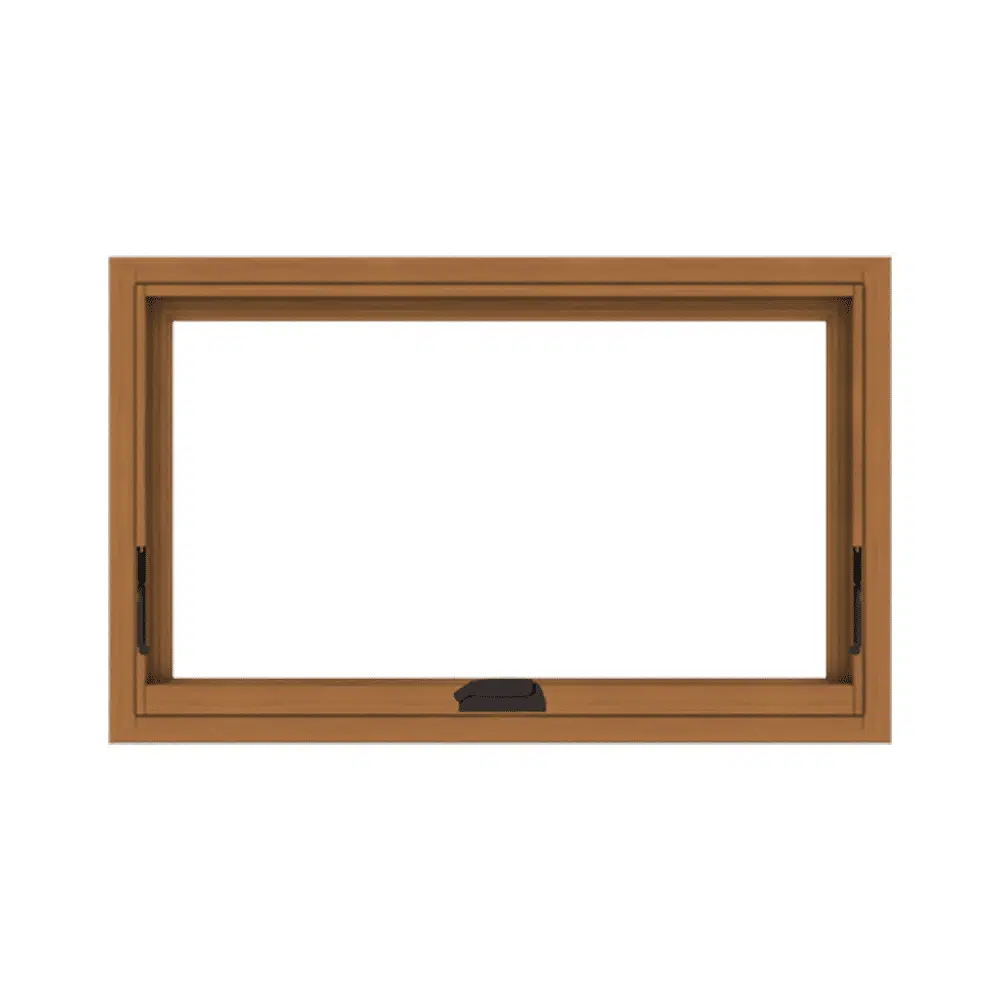
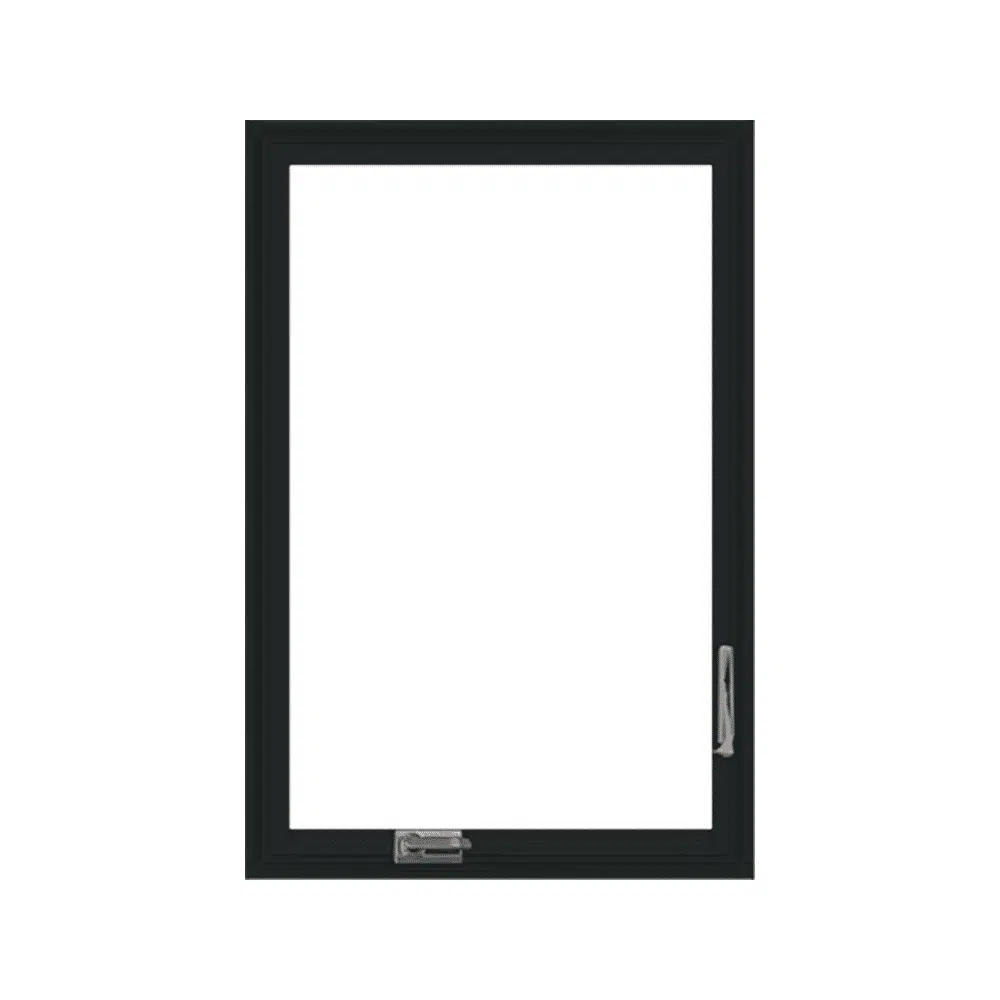
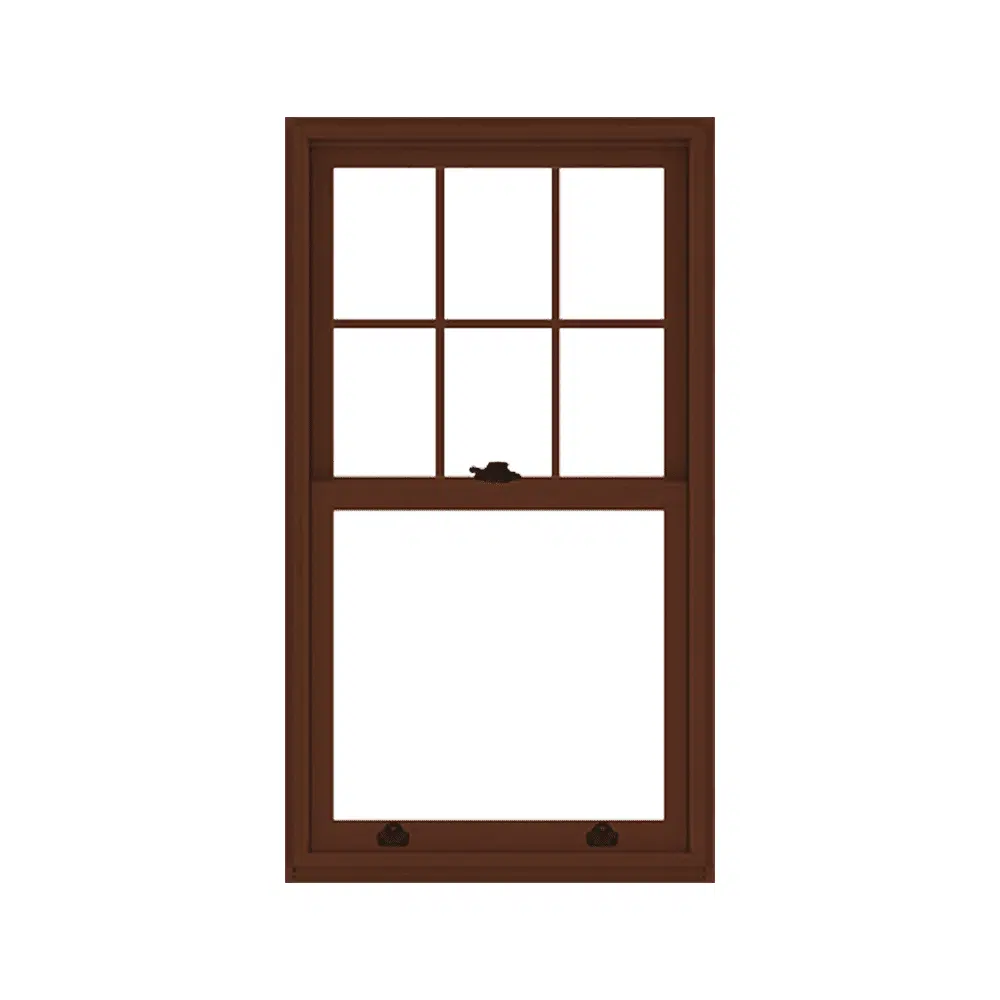

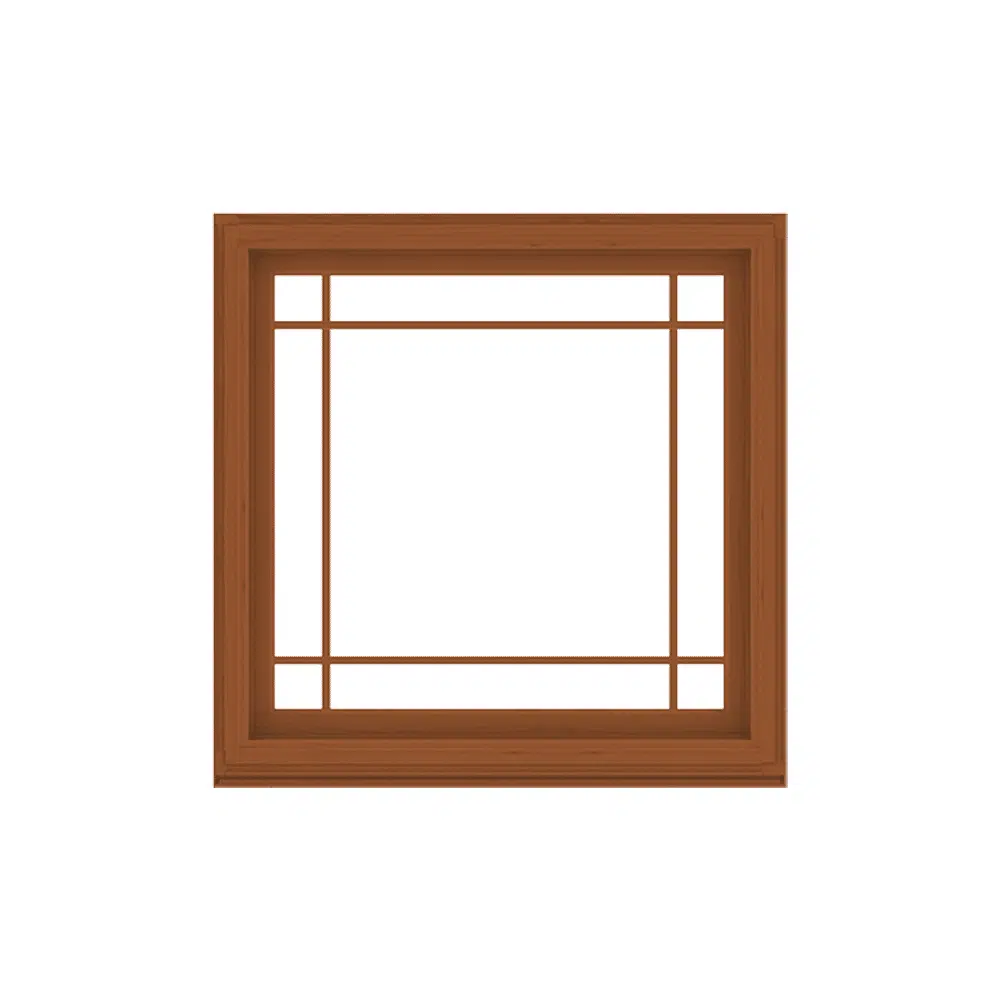
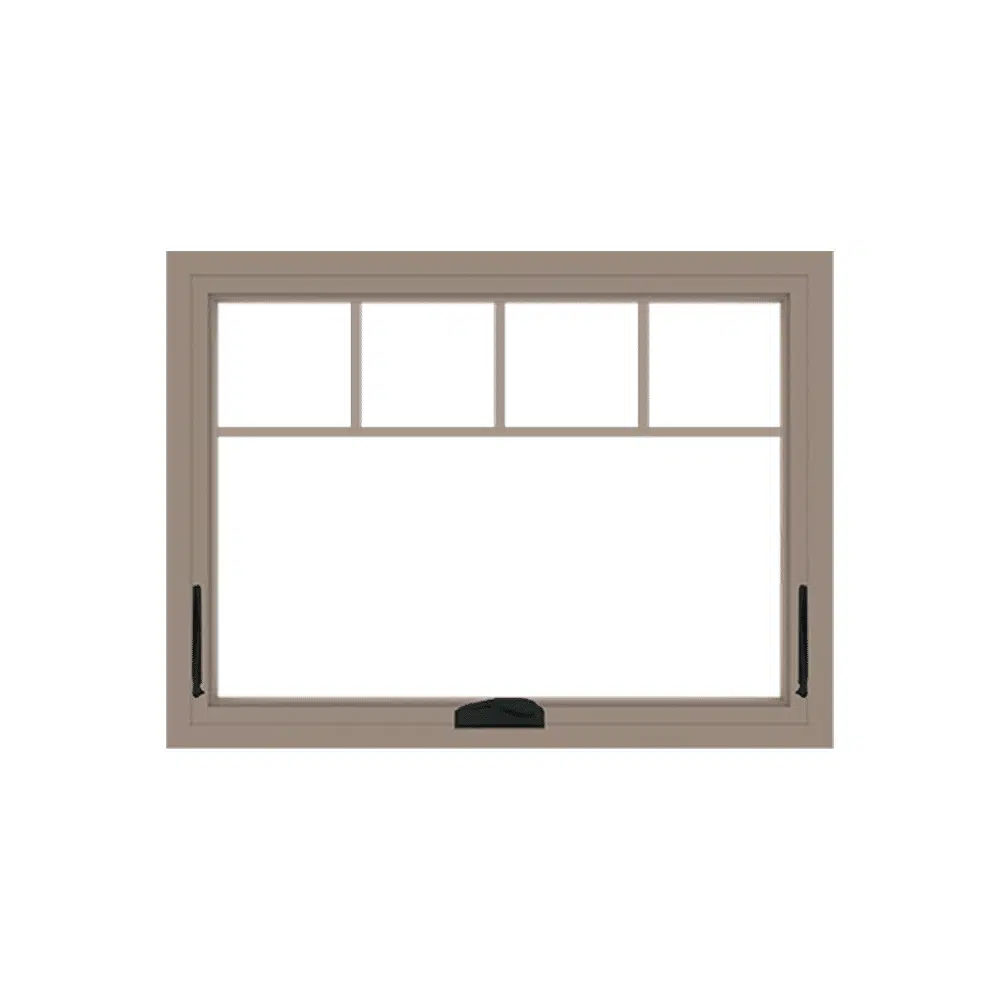
Some window types are designed for everyday practicality and are widely used across neighborhoods, while others lean more decorative to add architectural flair. Ready to explore your options? Use our zip code locator to connect with a Storm Guard professional near you.
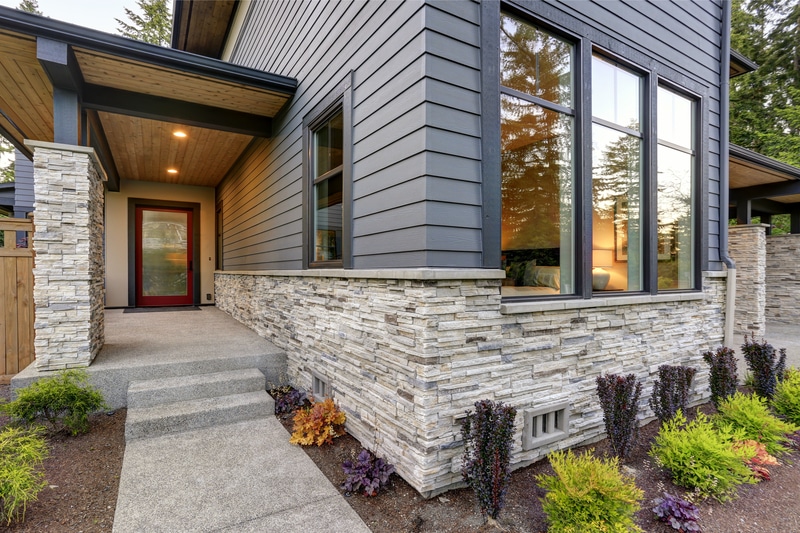
There are eight common styles: single-hung, double-hung, bay, bow, arched, awning, egress, and casement. Each offers different benefits for ventilation, safety, and design.
Single-hung and double-hung windows are the most widely used due to their simplicity, affordability, and ease of maintenance.
Single-hung windows are typically the most affordable option due to their simple design and limited moving parts.
Double-hung windows are the most popular due to their versatility, strong ventilation, and energy-efficient design.
Casement windows are among the most energy-efficient operable window styles due to their tight, four-sided seal and compression-based locking mechanism.
Unless otherwise noted, each use of "Storm Guard," “us,” “we,” or “our” throughout Stormguardrc.com collectively refers to both the Storm Guard brand and the Storm Guard Franchise System, which is made up almost exclusively of independently owned and operated franchise locations.